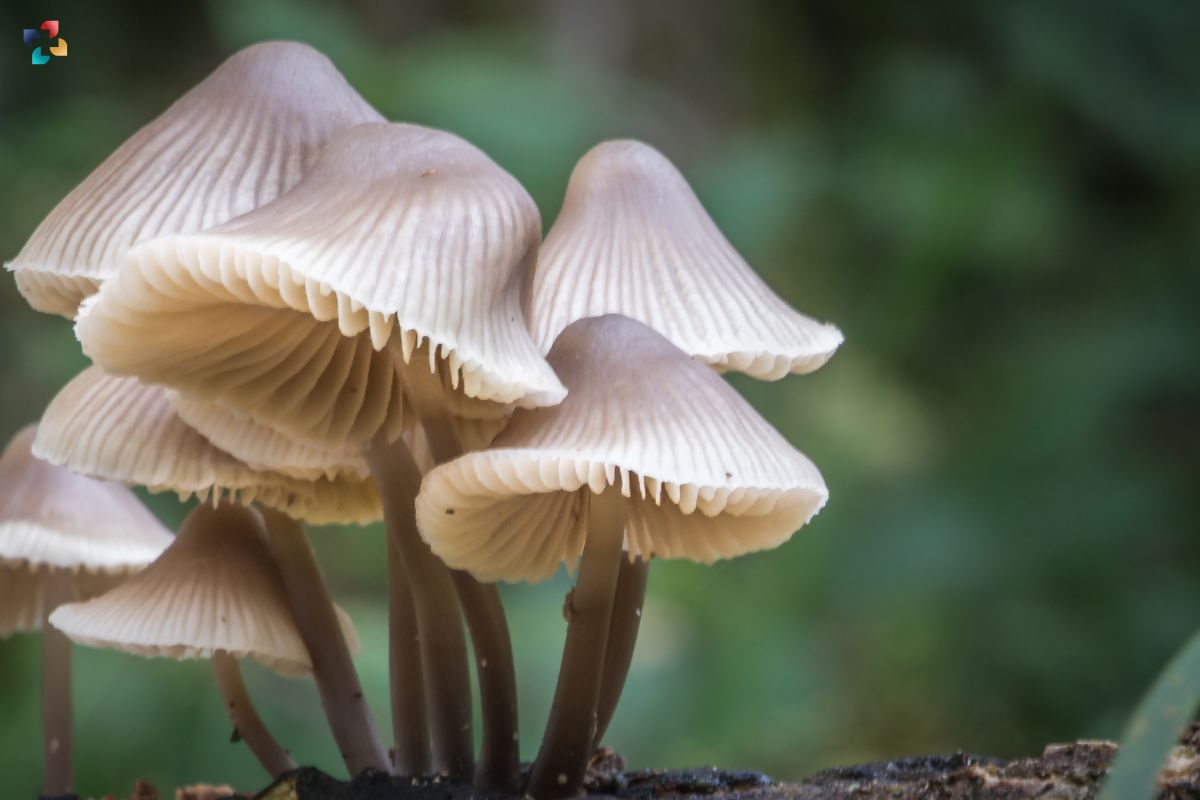Source-National-Foundation-for-Cancer-Research
Researchers in Portugal have extended earlier research demonstrating the anti-cancer effect of a short RNA (sRNA) fraction obtained from the golden chanterelle mushroom Cantharellus cibarius (CCI) in a new study published in the journal Medical Sciences Forum. The current work looks on the anti-cancer properties of sRNA derived from Agaricus bisporus (Portobello) and Boletus edulis (Porcini). It also assessed whether these mushrooms’ microRNAs might have anti-cancer qualities.
While all mushroom sRNAs showed anti-cancer capabilities, experiments on cancer and normal cell lines showed that their relative activity varied greatly, indicating that anti-cancer sRNAs are enriched in particular sequences. These results demonstrate the possibility of using mushrooms as a source of biomolecules with anti-cancer properties and highlight the need for more studies on widely accessible fruits, vegetables, and in this case, fungi in order to potentially find remarkable bioactives with wide-ranging medical applications.
An overview of the use of mushrooms in cancer studies throughout history
The obvious umbrella-shaped fruiting body (sporophore) of some fungi is sometimes referred to as a mushroom. Only a small percentage of these fungi—roughly 14,000 to date—are safe for ingestion by humans. On the other hand, nearly every culture and civilization has included these few species as mainstays in its diet. For hundreds of years, some (mostly Asian) societies have utilised “medicinal mushrooms” to heal diseases; nevertheless, until recently, the medical benefits of mushrooms have received little attention from the international community.
Medical research has started to screen mushroom biomolecules for possible medicinal applications due to growing interest in bioprospecting, which is the scientific search for naturally occurring biochemical or genetic products with useful applications. Numerous nutraceuticals with anti-oxidant, anti-cancer, anti-inflammatory, and neuroprotective properties have been reported in recent decades. The discovery of water-soluble short RNA (sRNA) fractions isolated from Cantharellus cibarius (CCI) and Boletus edulis (BED) that demonstrated strong apoptosis-inducing and cell proliferation-inhibiting effects has recently drawn particular focus to the study of mushrooms’ potential anti-cancer properties.
Regretfully, it is yet unclear how these sRNAs operate. The medical and nutritional industries stand to gain from the identification of these mechanisms and the expansion of mushroom species samples. The former will be able to leverage this information to optimise future research into the anti-cancer benefits (dosages, potential in vivo toxicity), while the latter will be able to present a stronger case for the nutritional benefits of these nutraceuticals.
Concerning the study
The current work examined the possible anti-cancer activity of sRNAs from BED and Agaricus bisporus (ABI), also referred to as Portobello, two previously untested mushroom species collected from Trás-os-Montes and Alto Douro (Portugal), in comparison to sRNA fractions from CCI. MiRNAs from all three species were also assessed because prior research has suggested that miRNAs may have anti-cancer properties. After harvesting, every sample was freeze-dried, or lyophilized, to preserve sample freshness and stop RNA degradation.
Anion-exchange chromatography was utilised to extract sRNAs in accordance with Lemieszek et al.’s techniques. The MirVana miRNA Isolation Kit was utilised for the extraction of miRNAs. The Caco-2 tumour cell line and the HDFn normal cell line were employed for in vivo efficacy assessments. The MTT (3-[4,5-dimethylthiazol-2-yl]-2,5 diphenyl tetrazolium bromide) assay was used in conjunction with spectrophotometric measurement to assess drug sensitivity metrics. Lastly, target messenger RNA transcripts in cultivated cells were visualised using RNA Fluorescence in Situ Hybridomapses (RNA-FISH) assays. An analysis of variance (ANOVA) test was used to confirm the results’ statistical significance.
Study results
BEDA and BEDB are two distinct sRNA fractions that were obtained from the purification of BED. ABI purification unexpectedly yielded only one fraction (ABIA), suggesting that there are differences in the chemical and functional makeup of mushrooms and their sRNAs.
Evaluations of the effectiveness of sRNA in cell lines showed that at 50 µg/mL, ABIA could inhibit the viability of cancer cells. Higher quantities proved to be harmful to normal cells, even though they suppressed the cancer more efficiently. Therefore, additional research is required to determine the optimal dosages for these compounds. BEDA, on the other hand, demonstrated no anti-cancer qualities.
The most effective anti-cancer drugs were CCI3 and BEDB, which showed normal cell cytotoxicity only at considerably higher concentrations (250 µg/mL) and strong anti-cancer activity at modest dosages. The efficacy of miRNA BED and ABI as anti-cancer treatments was discounted since, in contrast to previously published CCI3 data, they did not demonstrate any statistically significant changes between cancer and normal cells.
“Despite the similar purity and molecular weight when compared with the CCI3 and BEDB fractions, the BEDS and BEDH samples did not show the same biological effect. These data suggest a different primary structure of sRNA and a sequence-dependent effect. In order to understand whether the effect of CCI3 and BEDB was sequence-dependent and if the sequence isolated in these fractions was similar, we carried out an RNA-FISH in Caco-2 cells that were untreated and treated with CCI3 and BEDB for 96 h, using a clone isolated from CCI3 as a probe.”
The genetic sequences of the BEDB and CCI3 fractions were shown to be over 80% comparable by RNA-FISH, indicating that both fractions are concentrated in the same sRNA sequence.
“However, further functional studies will be needed in order to understand their target in tumor cells and the mechanism behind their anti-tumor capacity.”







